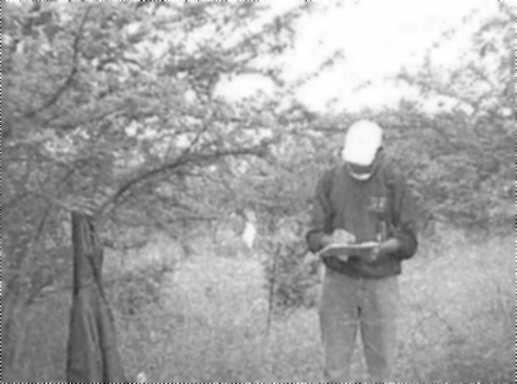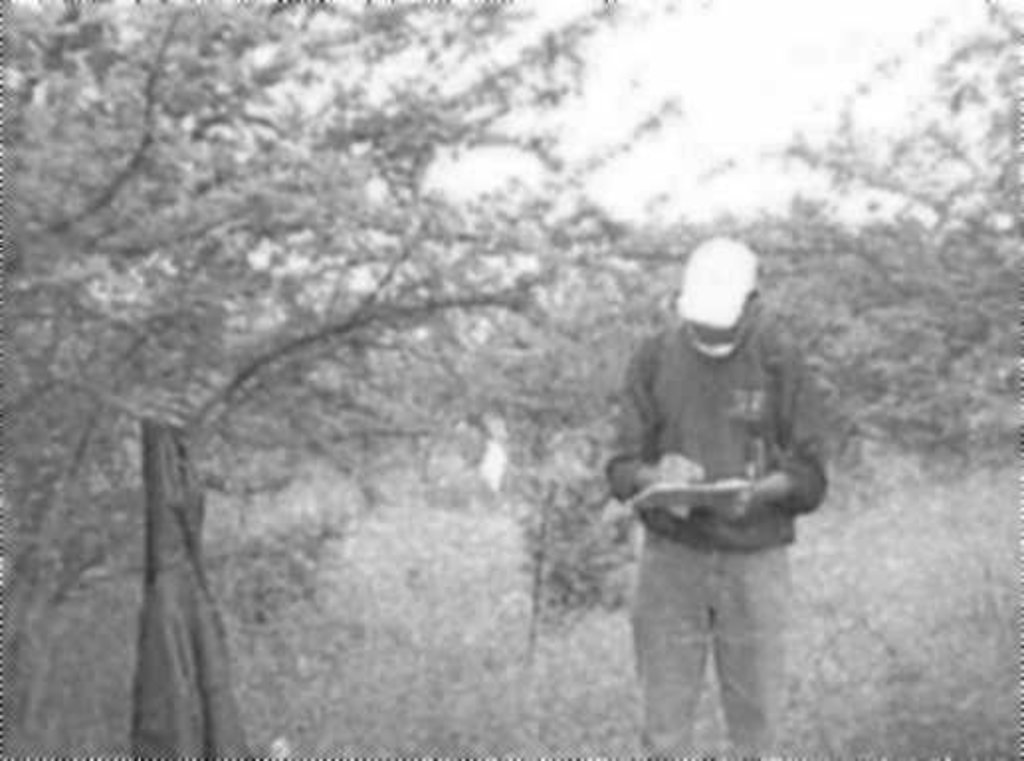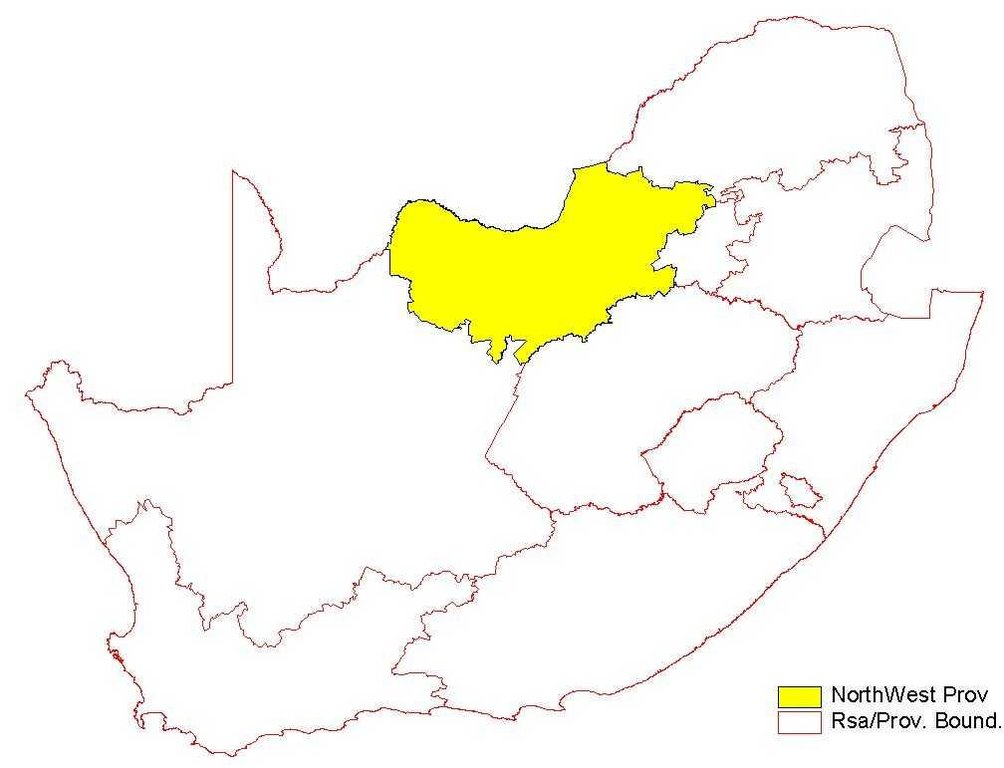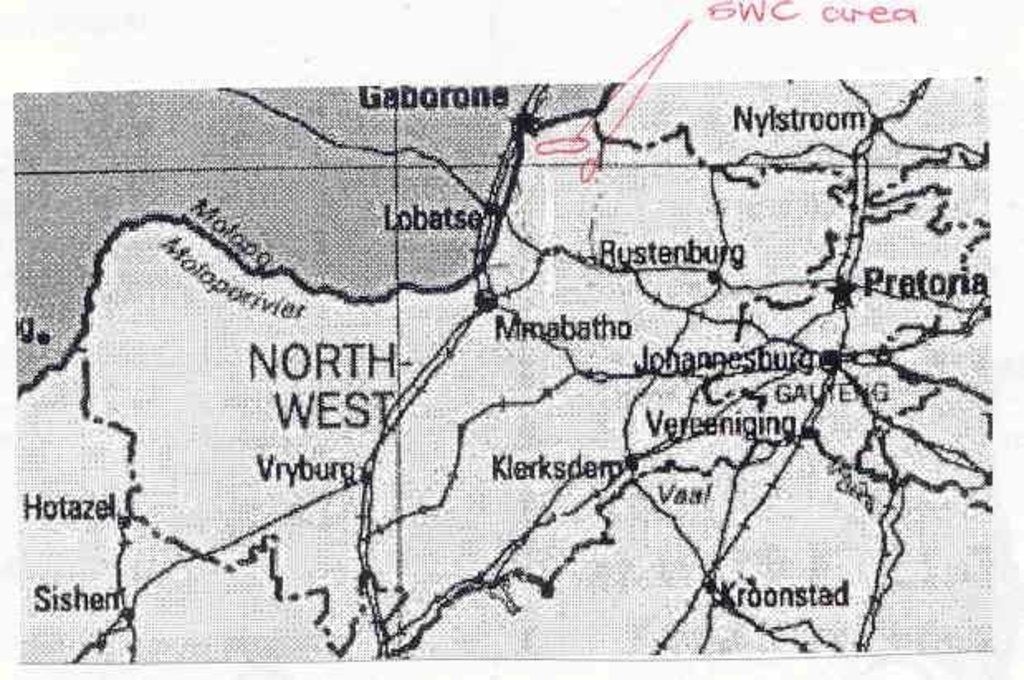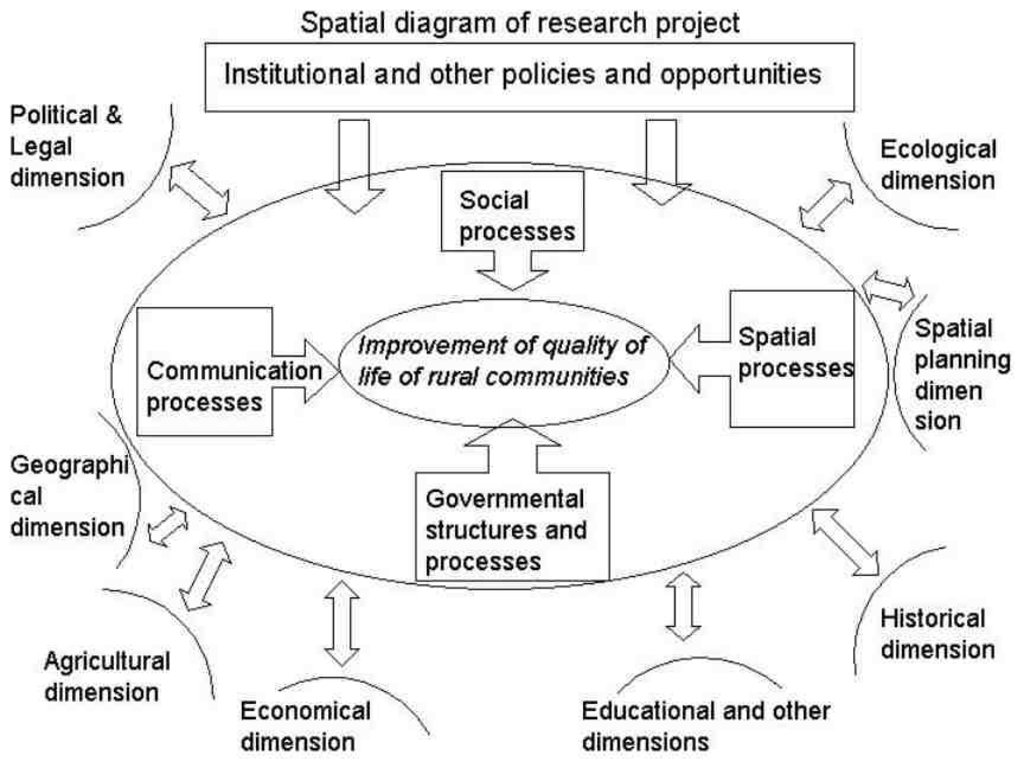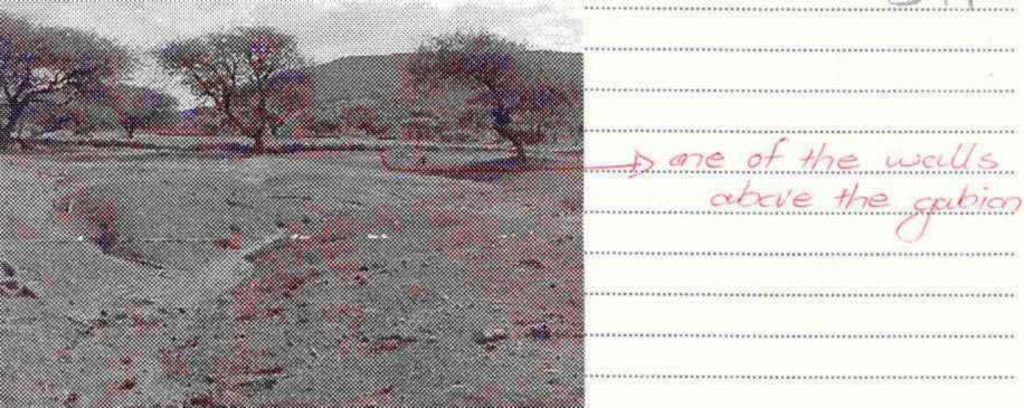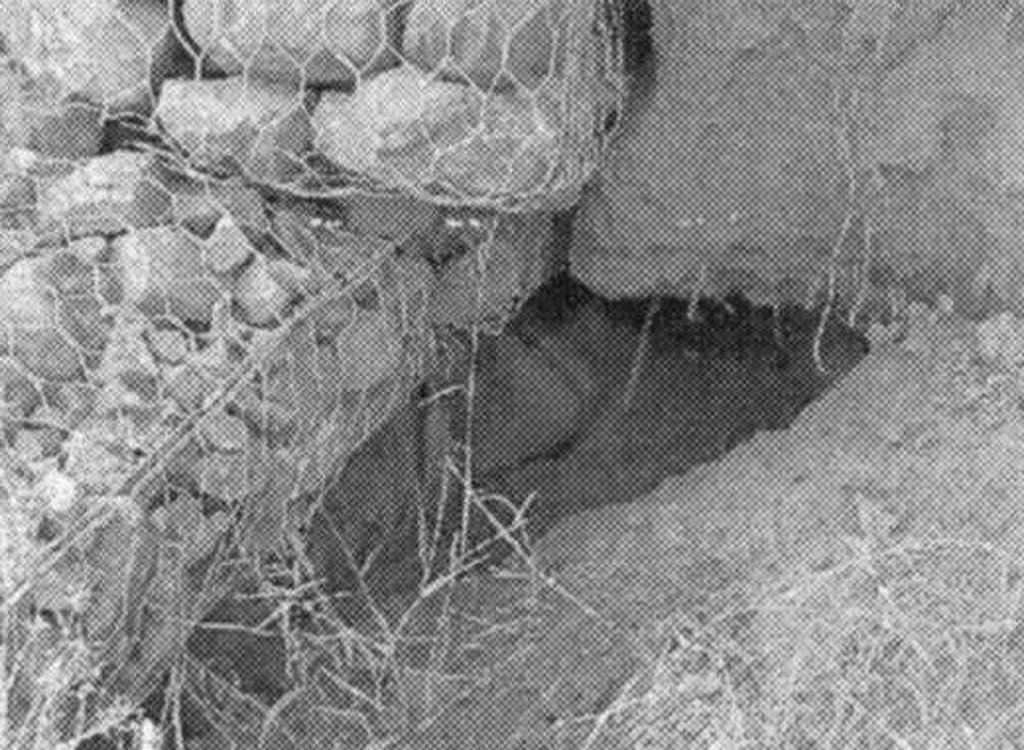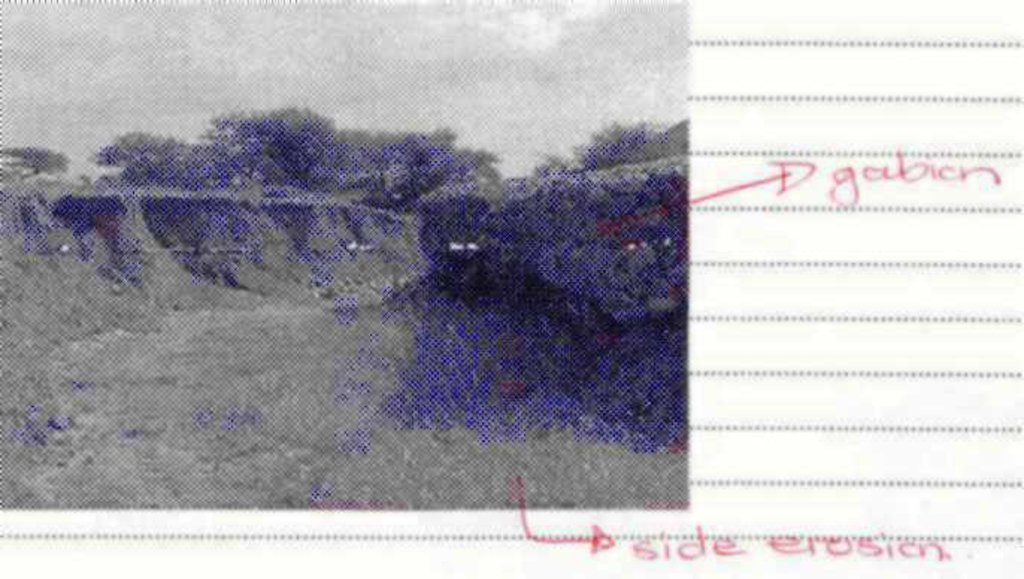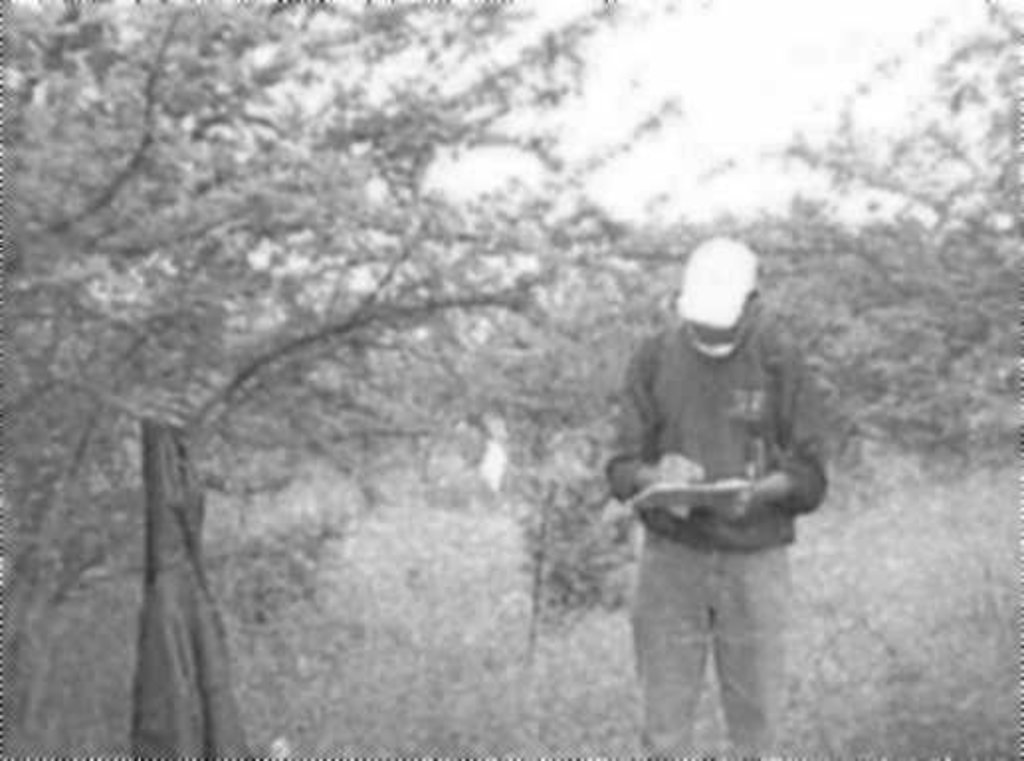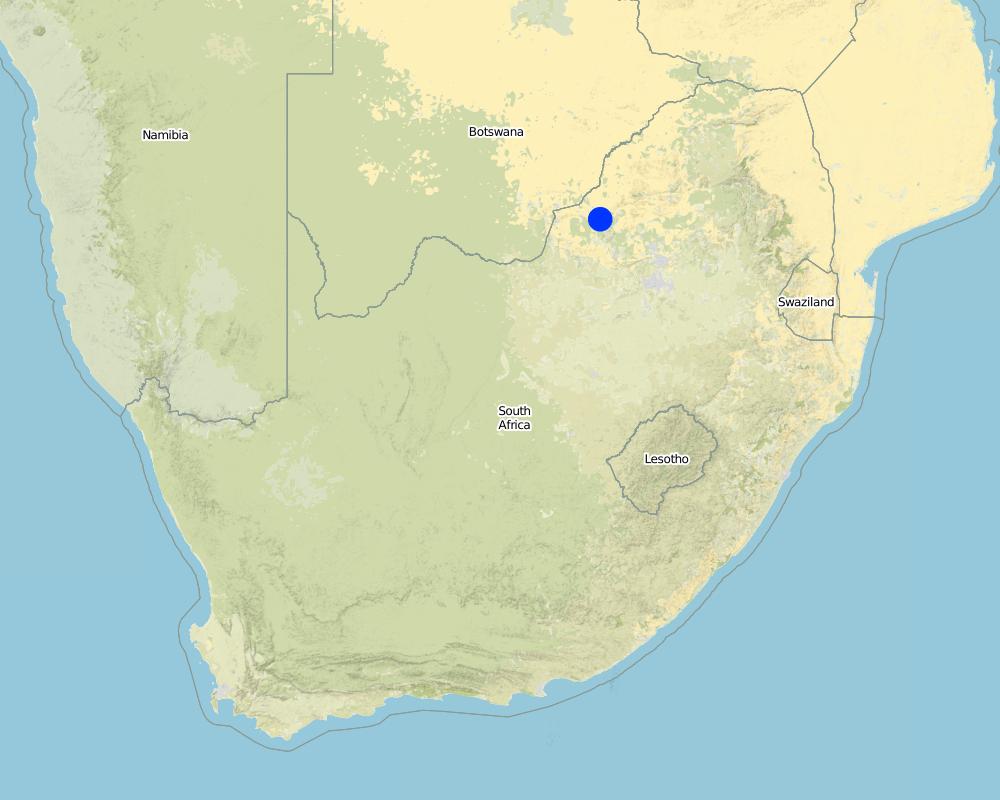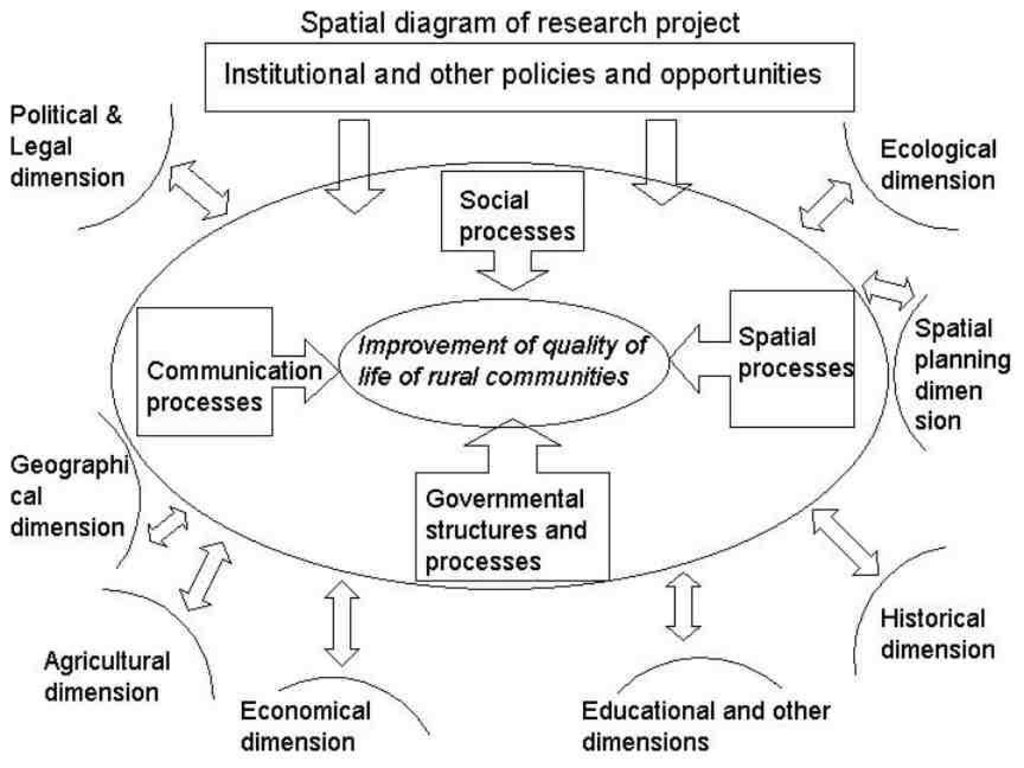Participatory rural approach [South Africa]
- Creation:
- Update:
- Compiler: Unknown User
- Editor: –
- Reviewer: Fabian Ottiger
approaches_2340 - South Africa
View sections
Expand all Collapse all1. General information
1.2 Contact details of resource persons and institutions involved in the assessment and documentation of the Approach
Key resource person(s)
SLM specialist:
de Wet Saroné
School of Environmental Science and Development, North West University, South Africa
South Africa
Name of the institution(s) which facilitated the documentation/ evaluation of the Approach (if relevant)
School of Environmental Science and Development, North West University (NWU) - South Africa1.3 Conditions regarding the use of data documented through WOCAT
The compiler and key resource person(s) accept the conditions regarding the use of data documented through WOCAT:
Yes
2. Description of the SLM Approach
2.1 Short description of the Approach
Participatory Rural Approach including a partly holistic approach; between social and environmental sciences.
2.2 Detailed description of the Approach
Detailed description of the Approach:
Aims / objectives: Developing sustainable management of land and other natural resources in rural communities. Assess the historical process, causes, nature and extent of desertification and its human impact. An empirical study of the attitudes, perceptions and knowledge of the local population with regard to land use. Develop policy guidelines for integrated rural development focussing on spatial planning, settlement models, land use control measures, ecological restoration and sustainable farming practices. Pilot interviews with the extension officers were followed by interviews with members of the communities themselves. Plant surveys were conducted at the study areas.
Stages of implementation: There were 5 stages of implementation included in the pilot interviews, the main interviews and the plant surveys. Task 1: Preliminary negotiations with officials, authorities and local communities, including a literature and methodological review. Task 2: Data collection includes satellite data and aerial photographs, ground truth (site visits, meetings, surveys, interviews and questionnaires - a PRA approach. Task 3: Analysis and interpretation include archival research, image processing ad interpretation and analysis of surveys and questionnaires. Task 4: Validation and cross referencing by accuracy testing of remotely sensed results, historical cross referencing, comparison to Botswana results, comparison of results (communal land vs. commercial land). Task 5: Reporting.
2.3 Photos of the Approach
2.5 Country/ region/ locations where the Approach has been applied
Country:
South Africa
Region/ State/ Province:
North West Province
Map
×2.6 Dates of initiation and termination of the Approach
Indicate year of initiation:
2000
Year of termination (if Approach is no longer applied):
2003
2.7 Type of Approach
- project/ programme based
2.8 Main aims/ objectives of the Approach
The Approach focused mainly on other activities than SLM (Suitable management, integrated community-base, rural development, land resources, natural resources.)
Developing sustainable management of land and other natural resources in rural communities. Specific objectives: Assess the historical process, courses, nature and extent of desertification and its human impact. Did an empirical study of the attitudes, perceptions and knowledge of the local population with regard to land use. Finally, we want to develop policy guidelines for integrated rural development focussing on spatial planning, settlement models, land use control measures, ecological restoration and sustainable farming practices.
The SLM Approach addressed the following problems: Desertification and its human impact, with the specific incorporation of indigenous or traditional knowledge. Inadequate policy towards integrated rural development.
2.9 Conditions enabling or hindering implementation of the Technology/ Technologies applied under the Approach
availability/ access to financial resources and services
- hindering
Funding not sufficient
Treatment through the SLM Approach: Involved with greater Department of Agriculture and subsequent funding
institutional setting
- hindering
Part of previous disadvantaged homeland
Treatment through the SLM Approach: Policy recommendations
legal framework (land tenure, land and water use rights)
- hindering
The existing land ownership, land use rights / water rights greatly hindered the approach implementation No one takes responsibility for maintaining the applied technology.
knowledge about SLM, access to technical support
- hindering
No contracts with large equipment companies
Treatment through the SLM Approach: With the Department of Agriculture, theses contract have been established
3. Participation and roles of stakeholders involved
3.1 Stakeholders involved in the Approach and their roles
- local land users/ local communities
Supingstad members. Specific ethnic groups: Tswana speaking (Ba-Suping)
- SLM specialists/ agricultural advisers
- teachers/ school children/ students
University
- national government (planners, decision-makers)
- international organization
3.2 Involvement of local land users/ local communities in the different phases of the Approach
| Involvement of local land users/ local communities | Specify who was involved and describe activities | |
|---|---|---|
| initiation/ motivation | none | |
| planning | interactive | interviews/questionnaires, public meetings; Interviews with most viable group. Public meetings: what should we look at in the areas. |
| implementation | interactive | casual labour, responsibility for minor steps; Erosion control. |
| monitoring/ evaluation | none | |
| Research | none |
3.3 Flow chart (if available)
3.4 Decision-making on the selection of SLM Technology/ Technologies
Specify who decided on the selection of the Technology/ Technologies to be implemented:
- mainly land users, supported by SLM specialists
Explain:
consultative.
Decisions on the method of implementing the SLM Technology were made by mainly by SLM specialists with consultation of land users. consultative.
4. Technical support, capacity building, and knowledge management
4.1 Capacity building/ training
Was training provided to land users/ other stakeholders?
Yes
Specify who was trained:
- land users
- school children/students
Form of training:
- on-the-job
Subjects covered:
Gabion construction
4.2 Advisory service
Do land users have access to an advisory service?
Yes
Specify whether advisory service is provided:
- on land users' fields
Describe/ comments:
Participatory rural approach; Key elements: Involvement in gabion construction; 1) Mainly: government's existing extension system, Partly: projects own extension structure and agent. Extension staff: mainly government employees 3) Target groups for extension: land users; Activities: erosion control through gabion construction
Advisory service is inadequate to ensure the continuation of land conservation activities; Extension officers available for information on erosion and encroachment control.
4.3 Institution strengthening (organizational development)
Have institutions been established or strengthened through the Approach?
- yes, moderately
Specify the level(s) at which institutions have been strengthened or established:
- local
Specify type of support:
- capacity building/ training
4.4 Monitoring and evaluation
Is monitoring and evaluation part of the Approach?
Yes
Comments:
bio-physical aspects were regular monitored through measurements
socio-cultural aspects were ad hoc monitored through observations
economic / production aspects were ad hoc monitored through observations
area treated aspects were regular monitored through measurements
no. of land users involved aspects were regular monitored through measurements
There were several changes in the Approach as a result of monitoring and evaluation: Initially only the extension officers were interviewed in groups; the communities as well, but in the end individual interviews proofed more effective. Woody component analysis: Where all members worked on one quadrate at the start, we changed the strategy to three teams of two people each, each team having their own specific responsibilities.
4.5 Research
Was research part of the Approach?
Yes
Specify topics:
- sociology
- ecology
- technology
Give further details and indicate who did the research:
Sociology: interviews/trust building. Ecology: explain what we are doing. Technology: gabion construction
Research was carried out both on station and on-farm
5. Financing and external material support
5.1 Annual budget for the SLM component of the Approach
If precise annual budget is not known, indicate range:
- 10,000-100,000
Comments (e.g. main sources of funding/ major donors):
Approach costs were met by the following donors: international non-government (funding): 80.0%; local community / land user(s) (labour, material): 20.0%
5.2 Financial/ material support provided to land users
Did land users receive financial/ material support for implementing the Technology/ Technologies?
Yes
5.3 Subsidies for specific inputs (including labour)
If labour by land users was a substantial input, was it:
- food-for-work
Comments:
Guides received food parcels. Other incentives; future change in policy.
5.4 Credit
Was credit provided under the Approach for SLM activities?
No
6. Impact analysis and concluding statements
6.1 Impacts of the Approach
Did the Approach help land users to implement and maintain SLM Technologies?
- No
- Yes, little
- Yes, moderately
- Yes, greatly
They did not adapt, but their awareness were raised.
Did the Approach improve issues of land tenure/ user rights that hindered implementation of SLM Technologies?
- No
- Yes, little
- Yes, moderately
- Yes, greatly
The people worked with the specialist in establishing the technology.
Did other land users / projects adopt the Approach?
- No
- Yes, little
- Yes, moderately
- Yes, greatly
6.3 Sustainability of Approach activities
Can the land users sustain what has been implemented through the Approach (without external support)?
- no
If no or uncertain, specify and comment:
No: Erosion - the wire mesh baskets must be supplied by the appropriate companies, but otherwise they might pack stones without the wire mesh baskets. Yes for bush encroachment.
6.4 Strengths/ advantages of the Approach
| Strengths/ advantages/ opportunities in the land user’s view |
|---|
| Awareness of erosion and bush encroachment as well as possible solution to it (How to sustain/ enhance this strength: School available; provide with poster, books, etc. Farmer's meetings.) |
| A community member can make a difference. |
| Strengths/ advantages/ opportunities in the compiler’s or other key resource person’s view |
|---|
| Trust of people obtained (How to sustain/ enhance this strength: Deliver on the promises) |
| The community was motivated to implement their own water supply |
| Awareness of grazing strategy on the condition of the grazing field (How to sustain/ enhance this strength: Motivate extension officer to really provide appropriate solutions) |
6.5 Weaknesses/ disadvantages of the Approach and ways of overcoming them
| Weaknesses/ disadvantages/ risks in the land user’s view | How can they be overcome? |
|---|---|
| The projects do not address the problems the land users have | Refer identified problems to the relevant experts |
| Implementation of project takes a long time | Explain to the involved person the planned time schedule |
| Weaknesses/ disadvantages/ risks in the compiler’s or other key resource person’s view | How can they be overcome? |
|---|---|
| Number of available SWC specialist insufficient for amount of work | Train the amount of specialist/give the necessary background. |
| Use of translators | Make it clear to exact translations are given |
| Linguistic abilities not sufficient | Use translators |
7. References and links
7.1 Methods/ sources of information
- field visits, field surveys
- interviews with land users
Links and modules
Expand all Collapse allLinks
No links
Modules
No modules


